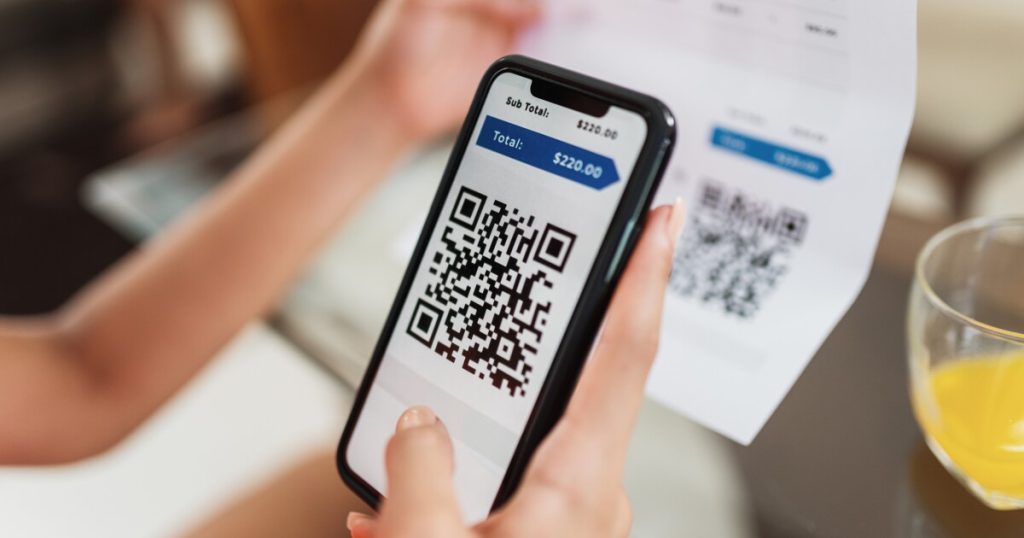Brastock Images – stock.adobe.co
QR codes have been slow to take off in the U.S., but two fintechs are hoping that connecting them to instant payment schemes such as FedNow will provide a boost.
QR codes are popular in Brazil thanks to the country’s
Payments service provider Payfinia and Brazilian fintech Matera are hoping to replicate that symbiotic relationship between QR codes and instant payments here in the US. The two companies have developed a payment solution that uses QR codes to initiate
Last month, the companies completed what they said was the first
“When you look at the QR code, when you look at the regional and community financial institutions, they’re often leveraging packaged solutions through a third party,” Riddle said. “They have to get access to that in the most simplistic way, but also want to get robust functionality. So the way we’re introducing the QR code payment workflow is as an embeddable experience.”
The companies use Accredited Standards Committee X9
On the surface, the process is “just like you would in Brazil with Pix,” Sarah Hoisington, vice president of strategy and marketing at Matera, told American Banker. The payer scans a QR code, and then information about the payment and the payee is sent to the payer through the payer’s banking app, with options to complete the payment.
But under the hood, there are a few key differences. “In Pix in Brazil, there’s technically two QR codes. One that you use for immediate payments and one that you use for payments that are due in the future, like bills,” Hoisington said. “But in the x9 standard, we only have one.”
Multiple rails, such as ACH, are also supported in the event that one of the financial institutions is not active on FedNow.
Matera and Payfinia are betting that speed of instant payments coupled with the
Instant payment rails, along with ACH, are the likely candidate for moving money in a pay by bank scenario, Chris Allen, senior managing director at FTI Consulting told American Banker.
“Will pay by bank essentially drive greater volumes on instant payment rails? I’d say the answer is yes,” Allen said.
But any new payment scheme faces competition from incumbent card networks. “The card networks are established and difficult to unseat for a reason: They’ve got all the merchant relationships and the network to make it happen,” Allen said. “That’s the hard work. The easy work is creating the technology in an app and a QR code. It’s much harder to build those merchant relationships, get them to sign on and get them to accept.”

